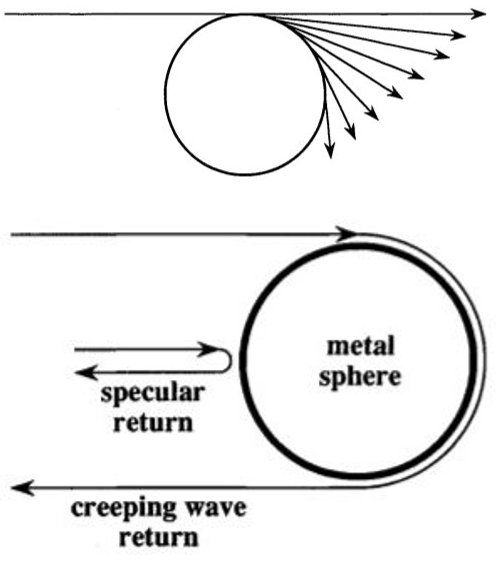a1b2c145
FULL MEMBER

- Joined
- Mar 27, 2009
- Messages
- 444
- Reaction score
- 0
Follow along with the video below to see how to install our site as a web app on your home screen.
Note: This feature may not be available in some browsers.



J-11B has been upgraded with AESA radar (most likely the same seen on the J-15 and J-16):
This radar has 1760 T/R modules, has a search range of 450 km against 1 m^2 target and 250 km against a 0.1 m^2 target.

No. That is not how radar and RCS works.

The meteorological radars having characteristics best suited for atmospheric observation and investigation transmit electromagnetic pulses in the 3-10 GHz frequency range (10-3 cm wavelength, respectively). They are designed for detecting and mapping areas of precipitation, measuring their intensity and motion, and perhaps their type. Higher frequencies are used to detect smaller hydrometeors, such as cloud or even fog droplets.

You mean the same kind of article that claimed China was interested in the Su-35, only to get denied? LOL

it's thought to be closer to 125–150 mi (201–240 km), which is much farther than the standard F-15's 56-mile (90 km) radar range
It is the range against 5 m2, not 1 or 0.1 m2. Huge difference.
where exactly does it says that it's operational, the RCS detection range, etc, please Mark that part and say what is what.
I think it's info about some experimental projects which are nowhere near completion.
ITAR-TASS : Russia, China prepare contract on Su-35 supplies
PARIS, June 17 (Itar-Tass) - Russia will supply a series of new multirole fights, Su-35, to China in compliance with a contract, which should be prepared by the yearend, an official of the Russian Federal Service for Military-Technical Cooperation told Itar-Tass on Monday.
Russias delegation takes part in the Paris Air Show, Le Bourget 2013.
A decision to supply the Su-35 fighters to China was taken long ago. The parties work hard to coordinate financial and technical conditions of the future contract, which is due to be prepared by the yearend. At present, the details of the contract are being specified. Upcoming supplies of the Su-35 fighters to China are an open secret. It is not clear yet what none talks about it in public, the official said.
June 17, 2013 - RT News
Russia and China are negotiating the delivery of Su-35 (Flanker-E) fighter jets, Aleksandr Mikheev, deputy director general of Russias state-run arms exporter Rosoboronexport said on Monday. The two countries have already signed an intergovernmental agreement on several of these new Russian 4++ generation jets, Mikheev said, as he spoke at the opening of the 2013 Paris Air Show. He did not elaborate on the number of jets to be delivered, only saying these are technical consultations. There is a profound interest in the Su-35, which is now being exhibited at the air show, Mikheev added.

CCP Propaganda on the radar range,this would make it even more powerful than raptor's radar.Plz firsT gen AESA equal or more powerful to latst american AESA's?Go fool someone else.
The ridiculous radar range of 250 km vs .1m^2 indicates propaganda was hasty and ill prepared.

Sorry, but that detection range seems a lot shorter than even conservative estimates of the radar. Heck, the radars on American aircraft is so powerful that it can count the number of turbine blades on an enemy engine. The F-22 is also rumored to have 2000+ T/R modules, which would make it a lot more lethal than the radars on the J-16.
Both China and Russia denied the deal afterwards.

AN/APG-77 - Wikipedia, the free encyclopedia
It is a solid-state, active electronically scanned array (AESA) radar. Composed of 1500 transmit/receive modules
As yet unconfirmed sources suggest that APG-77 has a 'typical' operating range of 193 km (120 mi) and is specified to achieve an 86% probability of intercept against a 1 m2 target at its maximum detection range using a single radar paint.
No one denied anything. Why would Russia deny itself?

But they denied it.
http://www.jamestown.org/programs/chinabrief/single/?tx_ttnews[/url][tt_news]=39140&cHash=645e9a11b4e4e8daa8052519a786fc4d#.UhW6IRCLHIU
Russia: No Deal on Sale of Fighters, Subs to China | Defense News | defensenews.com


Mar. 25, 2013 is a day before June 17, 2013
Calendar date - Wikipedia, the free encyclopedia

Indians with no argument so all they repeat is "its propaganda' like a bunch of headless sheep.
Yes that's certainly a great argument................................... for why Indians are the jokes of the world.
